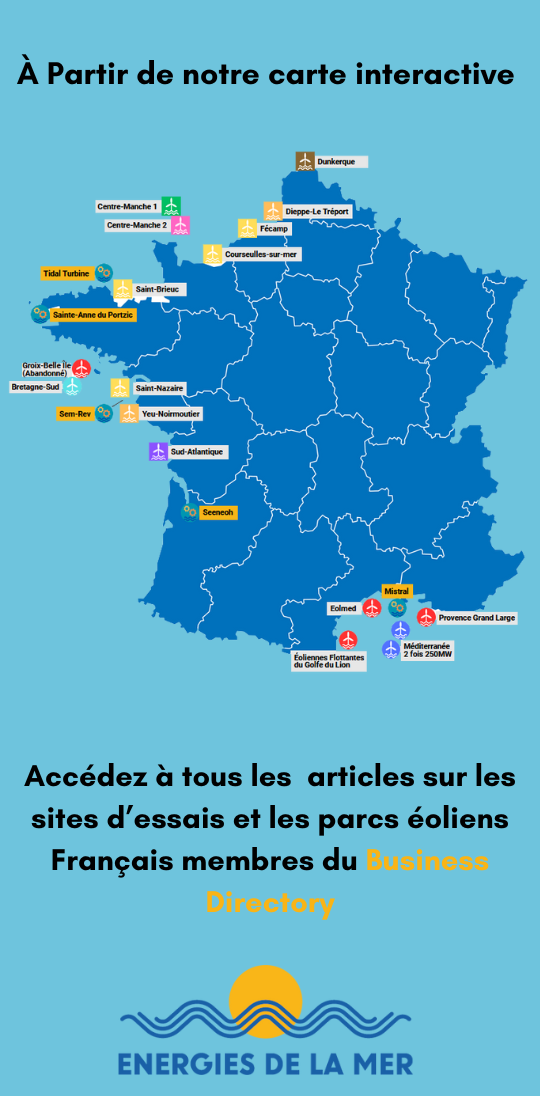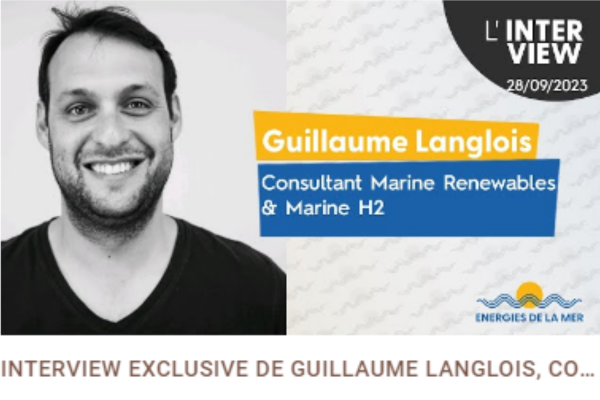UK – Monday 24 February 2020 – energiesdelamer.eu. Hydrogen as an energy vector is receiving much more media and scientific press attention. I am a keen proponent of hydrogen as a key enabler for decarbonising heat and power but I have difficulty with the proposed schemes for hydrogen production offshore – as reported by Energy Voice, December 2019.
The UK will decommission a large number of oil fields where the remaining oil quantity is far larger than most new discoveries. Over the years, oilfield operators have poked, prodded and pushed the oil to the limits of technology yet we can’t commercially access around 30% of the original oil reserves.
The upshot being we decommission oil fields with a large amount of oil remaining in place. That remaining oil could be a food source for hydrogen producing bacteria (HPB). The bacteria metabolise the oil and fart hydrogen.
Do such microorganisms exist? Yes they do and they are receiving interest from other industry sectors and academia. Macquarie University’s Department of Molecular Sciences in Australia is undertaking some leading-edge work here. This work is investigating renewable, carbon-free energy bio-hydrogen where they convert cane sugar into hydrogen with pure water as the only by-product.
Most UK oilfields use waterflood to improve oil recovery. This is common practice and involves injecting treated seawater into the oil bearing rock at a volume rate equivalent to the volume rate of removal from the producing oil wells.
This serves two main purposes: it prevents the pressure in the oilfield from dropping and, as the water travels through the oil-containing rock, it sweeps oil towards the production wells. Without waterflood oil recovery levels would be around 10-20% of the oil in place; with waterflood this will increase to 60-70%. The water cannot sweep out oil contained within some parts of the rock, hence when an oilfield is decommissioned the oil company is typically leaving around one third of the oil behind.
Because of the large amount of oil left behind post waterflood, oil companies have for many years researched a range of enhanced oil recovery (EOR) techniques. This work includes polymers which help the water find the oil trapped in the hard to reach areas, low salinity waterflood which reduces the oil-rock adhering forces, surfactants which act much like soap cleaning oil from the rocks, adding heat to help the oil flow and injecting high pressure gas which swells the residual trapped oil and makes it easier to move. These techniques are expensive and, apart from onshore thermal methods, their use has been limited.
The concept proposed here is to inoculate the waterflood with HPB and nutrients prior to cessation of oil production. The HPB subsequently colonise the oilfield and metabolise the trapped oil converting it to hydrogen. The bio-produced hydrogen gas is much more mobile than the trapped oil. It migrates upwards, accumulating as a large gas cap. The gas cap is then produced through the existing oilfield wells and processing facility. A low cost, highly effective hydrocarbon EOR recovery option for a mature province like the UK.
The benefits of this bio-hydrogen route are clear. Decommissioning is deferred and economic recovery of the oil, albeit as a different molecule, is maximised. Two key objectives of the OGA.
So far as I can establish there is little UK research taking place on oilfield bio-hydrogen. Isn’t this worth a look?
Tom Baxter is visiting professor of chemical engineering at Strathclyde University and a retired technical director at Genesis Oil and Gas Consultants
Publicités Google :








